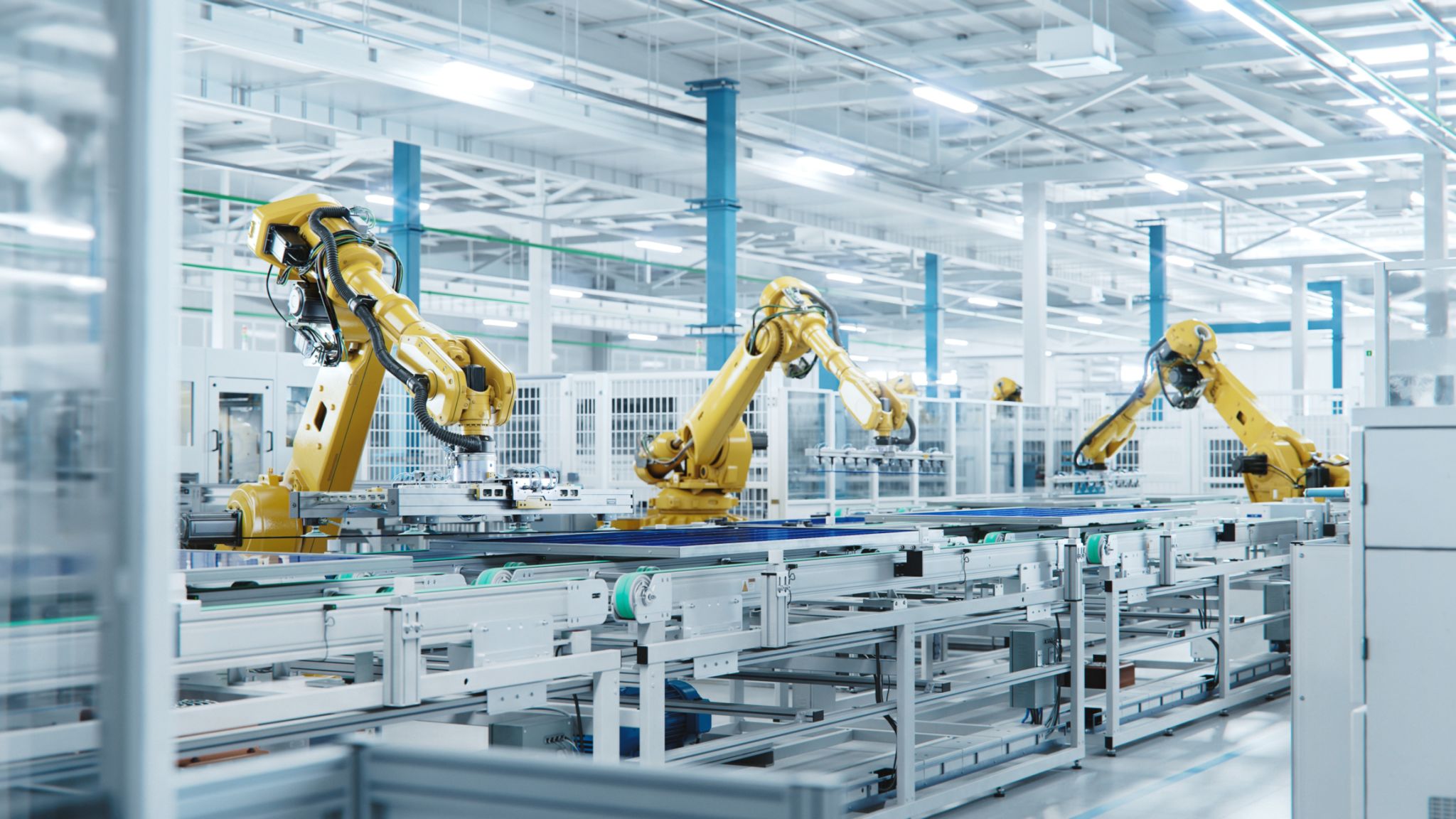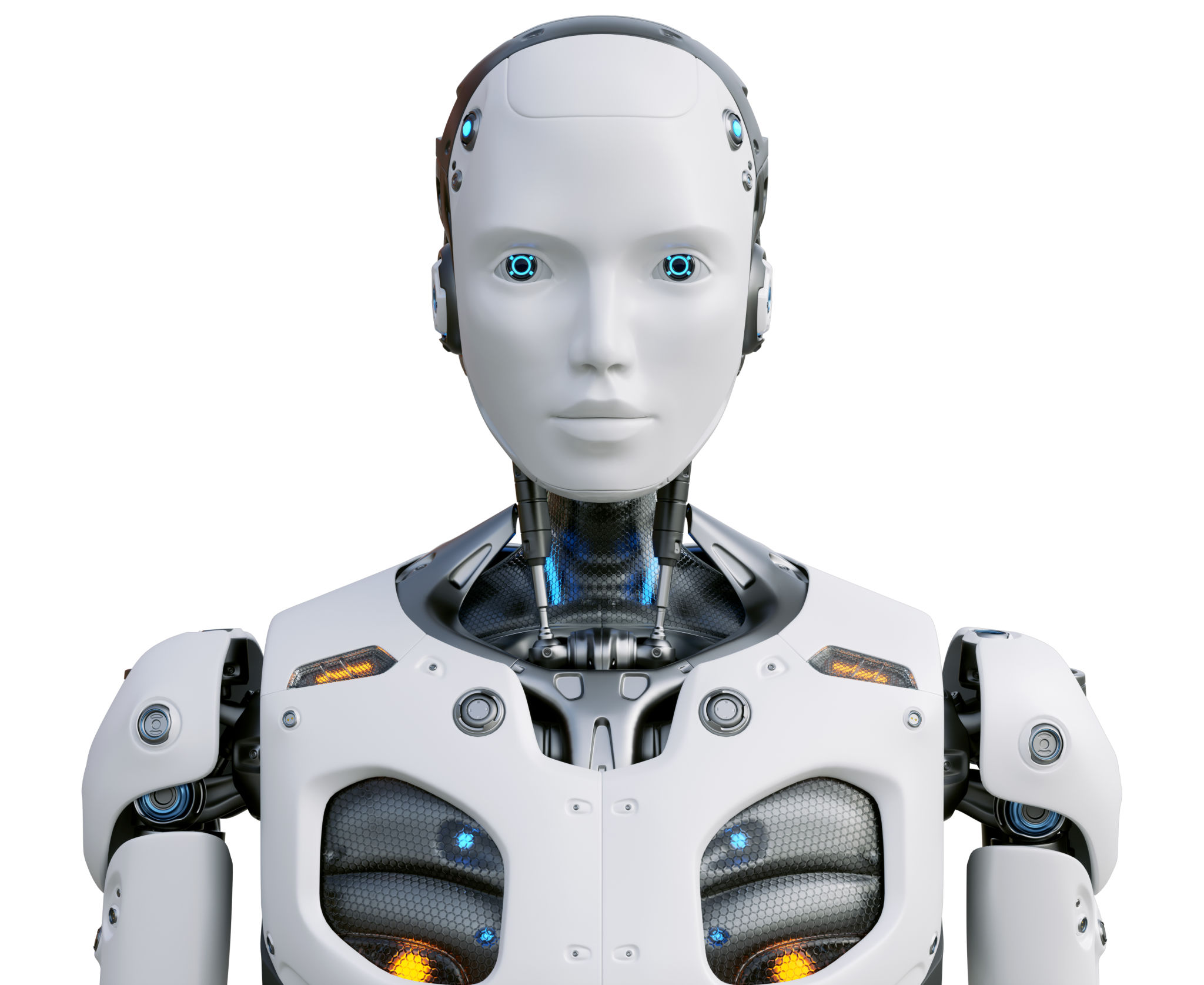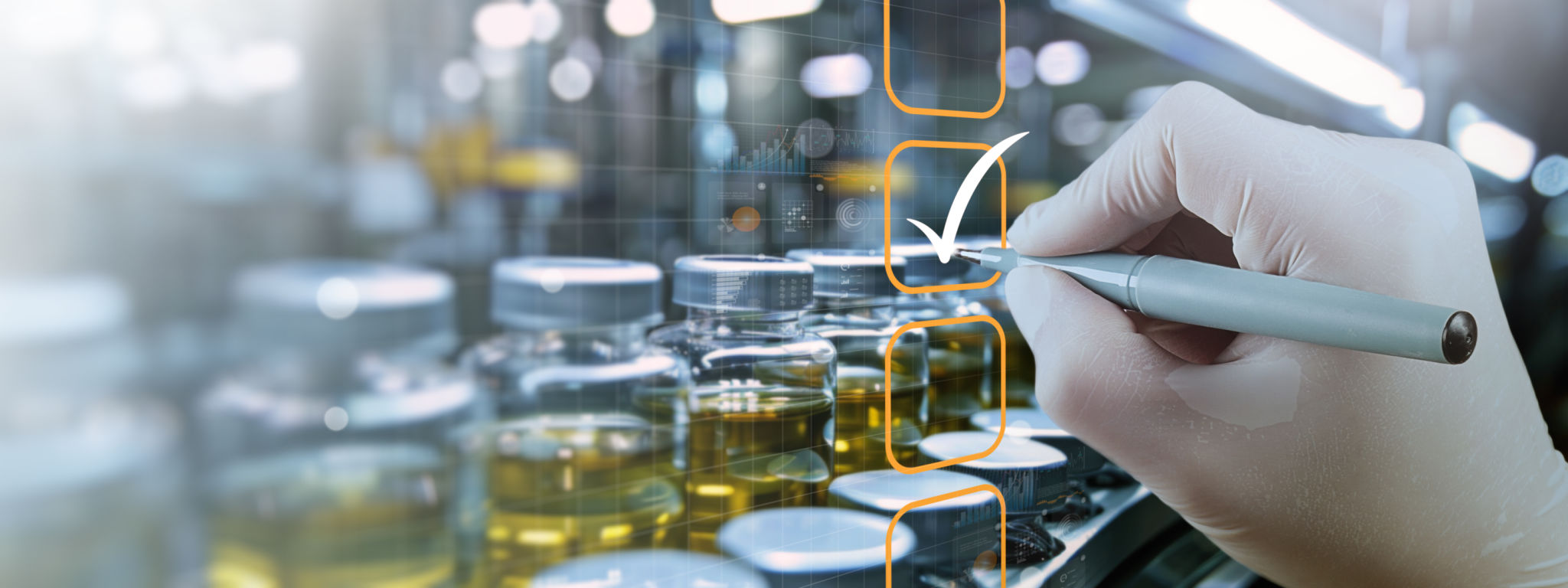AI-Powered Robotics: Revolutionizing Manufacturing with SuperAI
The Rise of AI-Powered Robotics in Manufacturing
The manufacturing industry is experiencing a transformation like never before, thanks to the advent of AI-powered robotics. With the integration of SuperAI, businesses are harnessing the potential of artificial intelligence to streamline processes, enhance productivity, and reduce costs. This technological revolution is not only redefining how products are made but also how companies operate on a global scale.
AI-powered robotics are capable of performing complex tasks with minimal human intervention, which significantly increases the efficiency of manufacturing processes. These robots can work tirelessly, ensuring production lines are continuously active, leading to faster turnaround times and increased output. The precision and consistency offered by AI-driven machines cannot be matched by human labor.

Enhanced Efficiency and Productivity
One of the most significant advantages of integrating AI-powered robotics into manufacturing is the dramatic boost in efficiency. Robots equipped with advanced AI algorithms can quickly adapt to new tasks and learn from their environments. This adaptability allows for a more flexible production line that can be easily reconfigured to meet changing market demands.
Moreover, these intelligent machines are capable of processing vast amounts of data in real-time, enabling manufacturers to optimize operations continually. By analyzing data from various sources, AI-powered robots can identify bottlenecks and inefficiencies in the production process, allowing for timely adjustments that enhance overall productivity.

Cost Reduction and Quality Assurance
Another crucial benefit of AI-powered robotics in manufacturing is the potential for significant cost savings. By automating repetitive and labor-intensive tasks, companies can reduce their reliance on human labor, leading to lower operational costs. Additionally, robots can operate around the clock without fatigue, further reducing downtime and increasing output.
The precision offered by AI-driven robots also plays a vital role in quality assurance. These machines can detect defects at an early stage, ensuring that only high-quality products reach consumers. This capability reduces waste and rework, contributing to cost savings and enhancing customer satisfaction.

Challenges and Future Prospects
Despite the numerous benefits of AI-powered robotics, there are challenges that manufacturers must address. One of the primary concerns is the initial investment required for implementing these advanced systems. However, as technology continues to evolve, costs are expected to decrease, making it more accessible to a broader range of businesses.
Additionally, there are concerns about the potential impact on the workforce. While automation can lead to job displacement, it also creates opportunities for workers to engage in more value-added tasks that require human creativity and problem-solving skills. Companies must focus on reskilling their workforce to adapt to these changes.
The Path Forward
As AI-powered robotics continue to revolutionize manufacturing, companies must remain agile and forward-thinking. Collaboration between technology providers and manufacturers will be crucial in fostering innovation and ensuring the successful integration of these systems. By embracing AI-powered robotics, businesses can position themselves at the forefront of industry advancements.
In conclusion, AI-powered robotics with SuperAI capabilities are set to transform the manufacturing landscape. By leveraging this technology, businesses can achieve unprecedented levels of efficiency, productivity, and quality assurance. The future of manufacturing is undoubtedly bright, driven by the power of artificial intelligence.
